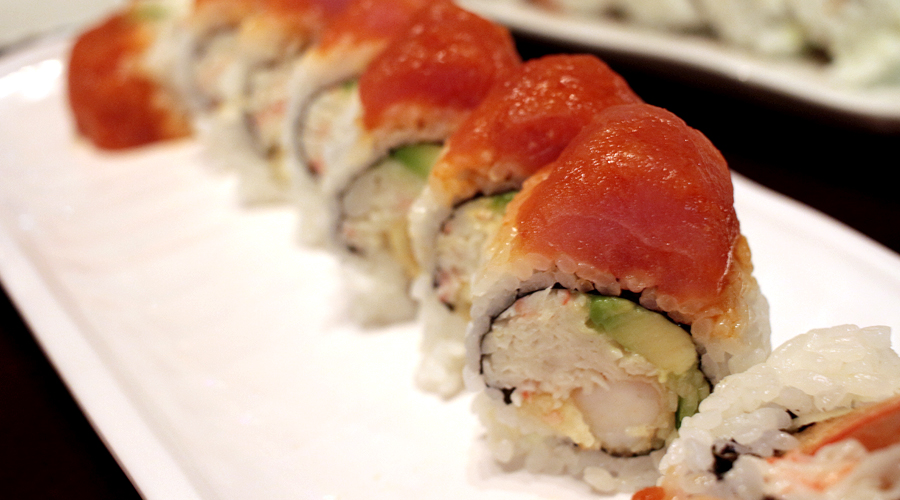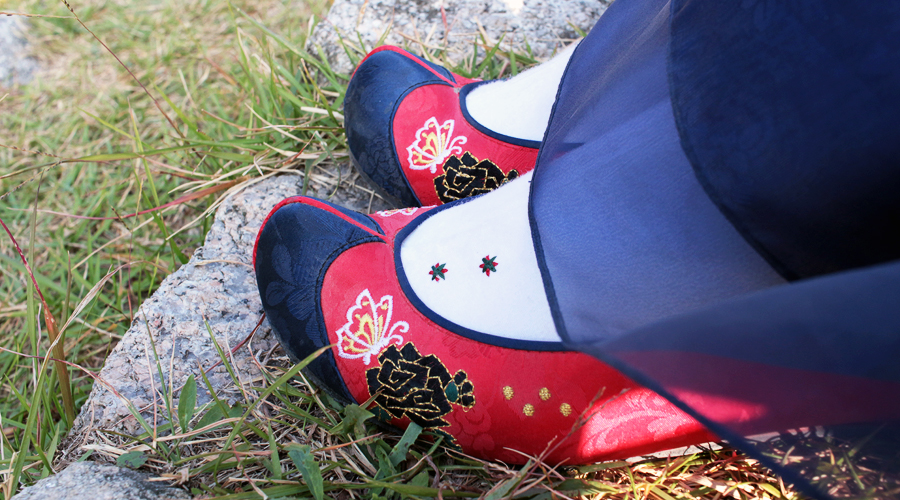One of the greatest accomplishments of my parents is that I am bilingual. It is more of their accomplishment than mine, as I would have never had the motivation or perseverance to do it on my own (Proof: I never got past a handful of adjectives when learning Japanese and don’t remember a stitch of Spanish I learned in high school). People are usually surprised by the extent of fluency I have in both English and Korean. I am pretty much a native English speaker. and my Korean is also near native-fluency. If I decided not to share the fact that I lived in the States for the majority of my life, I could pass for a normal Korean.
I should say that I did have the advantage of growing up under Korean parents that spoke to me in Korean around the house. My dad had taught me the brief outline of Korean history and my mom did an occasional reading and writing lesson so I knew how to read and write basic words. Still, I probably wasn’t as fluent as the average Korean preschooler, and I was in no way ready to be dropped into a Korean school. Unfortunately for me, that’s exactly what happened after I finished 5th grade in the States. My whole family moved to Korea on August 25, 1997. I was sent to a Korean school for the next four and a half years.
It was a nightmare. It was the first time I had turned in a blank paper for an exam. The only subject I managed to follow were the ones that required little to no Korean: art and math. So how did I manage to learn Korean?
#1. Journaling
I’ll always be thankful to my first homeroom teacher in Korea who had me keep a daily journal. I was asked to write 3 sentences everyday which was later increased to 5 sentences as my proficiency increased. He had the patience to correct all my mistakes, even when I made the same mistake over and over again.
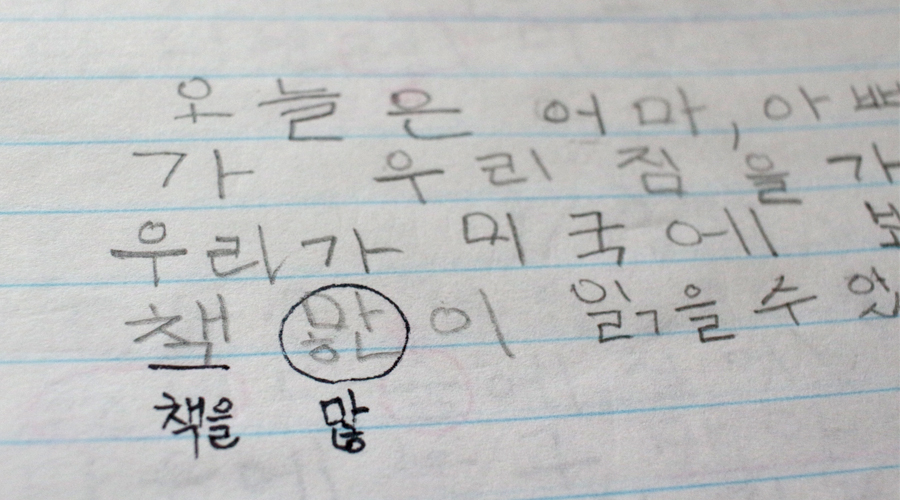
This was an entry from September 10, 1997. You can see that while my grammar wasn’t perfect, the basic framework is there. My vocabulary pool wasn’t very big, and spelling was difficult for me. As many Korean students learning English struggle with articles and plurals, I had a hard time with ‘ul/lul’ and ‘wa/gwa.’

When I made repeated mistakes, my teacher would point it out and teach me any related spelling rules.
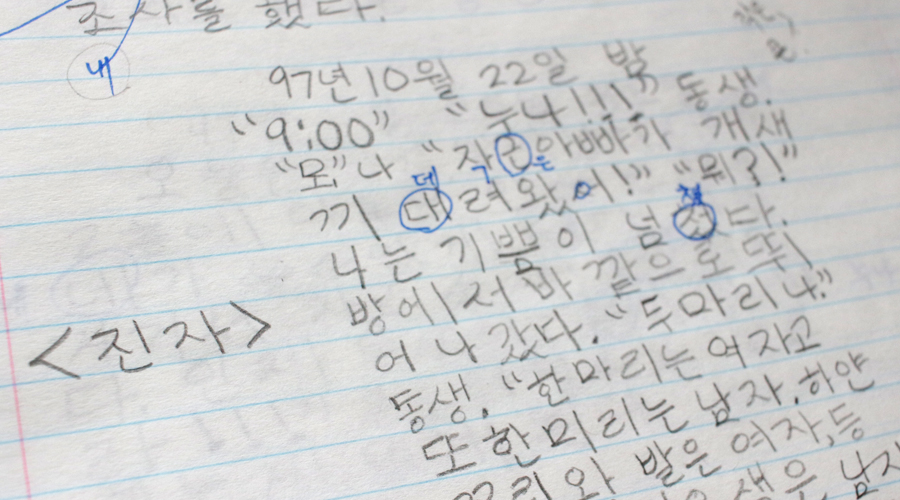
This is an entry from October 22, 1997. My uncle had brought two puppies to my grandparents house. Well, I had been watching an animal documentary earlier in the week and had picked up the word “se-kki.” A baby lion was a lion se-kki, a baby tiger was a tiger se-kki. So naturally I figured that a baby dog would be a dog se-kki.
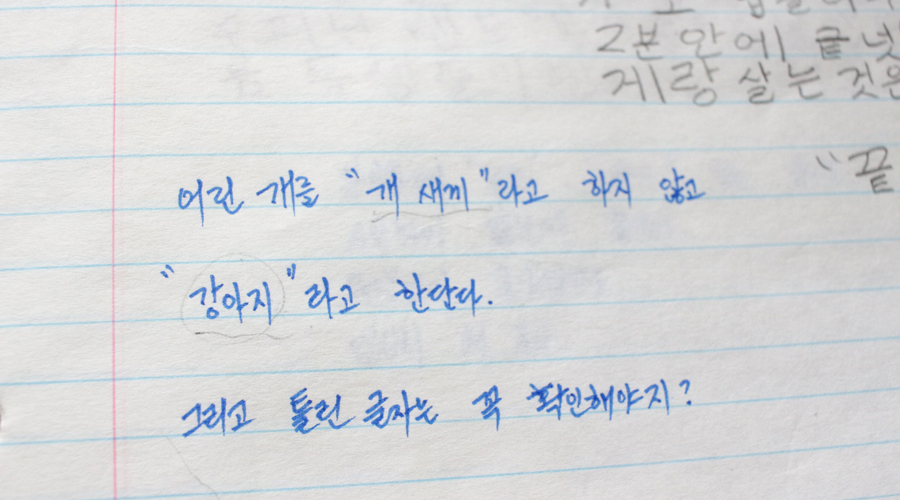
Well, turns out the word dog se-kki is used in a similar fashion to “sob!” My teacher brought me aside in a hurry and taught me the appropriate word for puppy. It was pretty embarrassing at the time, but it made for a funny memory later on. I kept this daily journal for a year and a half. I think it greatly improved my spelling and writing as I was able to see both my mistakes and my progress.
#2. Man-hwa (Manga/Comic books)
When my family moved to Korea, there was a children’s “library” nearby. The main problem was that I struggled with vocabulary which made reading in Korean unpleasant. One day, my mom brought home a magazine of sorts; it was a man-hwa magazine called Mink. It was a collection of new chapter releases of different man-hwas, and luckily one of them happened to be a new release of a new series called ‘A Thousand Year Love of Acacia.’ It also happened to take place in ancient Egypt which had always been an interesting topic for me. The nice thing about any manga/manwha book is that the text is short or at least divided into short parts and is always accompanied by an illustration. The illustrations helped me understand both the meaning and mood of the text, which was a big plus!
#3. Chinese Characters
Perhaps you decided to learn Korean as opposed to Chinese or Japanese because you wanted to avoid studying Chinese characters. Hear me out. Learning Chinese characters can be useful because it helps you understand the meaning of Korean words. It’s similar to learning a prefix. Once you know the meaning of that part, it helps you understand the meaning of the word.
For example, ‘un-‘ has the meaning of ‘not.’
un-acceptable = not acceptable
un-believable = not believable
un-worthy = not worthy
Let’s give it a whirl, shall we? This Chinese character means water and is read ‘su.’

su-yung (water-swimming) = swimming
su-sang-su-ki (water-above-ski) = water skiing
su-jil (water-quality) = quality of water
So to be honest, you don’t really need to memorize how to write the Chinese character or be able to recognize it when you see it. All you have to do is keep in mind that ‘su’ can mean water. This will help you remember the meaning of words with ‘su’ in them. I hope you found these tips helpful. Let me know if you have any questions in the comments below!


